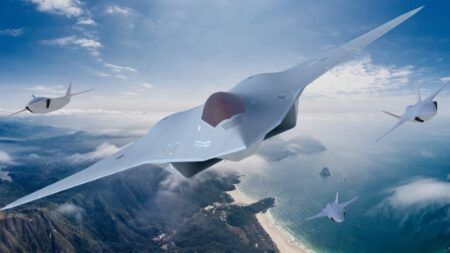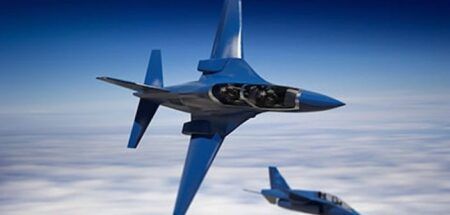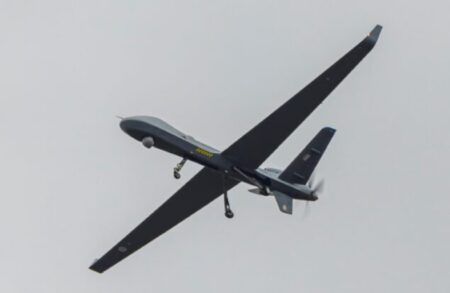“Striker II has a high-definition, lightweight night vision camera which translates information and displays it on the helmet’s visor,” explained Peter Kosogorin, test pilot at BAE’s Warton site. “This removes the need for heavy night vision goggles which increase g-force pressures on the head and neck, limiting the pilot’s manoeuvrability in the cockpit. The helmet provides a clear and accurate visual display and a seamless transition from day to night, eliminating the need to manually configure and adjust night vision goggles.”
BAE Systems will continue to evaluate the helmet’s integration with Typhoon aircraft in another series of flight trials later this year. “The second set of trials is the next step in the flight test program to prove Striker II offers true ‘plug and play’ compatibility with the Typhoon and builds upon the initial trials to further evaluate the digital night vision capability,” said Chris Colston, BAE Systems business development director.
Striker II also includes a cutting-edge tracking system that ensures the pilot’s exact head position and the aircraft computer system are continuously in sync, reducing problems common to other HMDs. The tracking system in Striker II eliminates any delay in determining where the pilot is looking and can therefore perfectly position symbology onto the visor.
September 24, 2015




